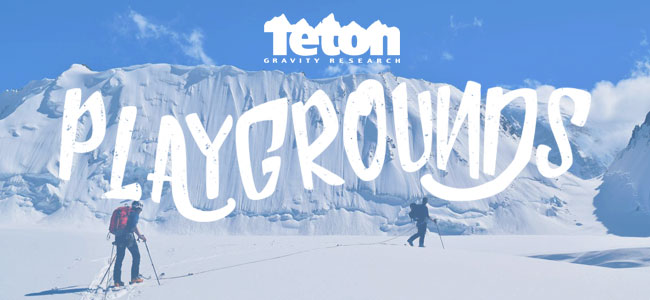
Ever have one of those moments where you're absolutely terrified but it’s too intense for you to even care? Yeah, picture this. I am staring down a 50-degree couloir, 2,000 feet above a glacier in the middle of the Yukon, trying to replace the crampons on my feet with skis. Every move I make is so meticulous, because I know that if I drop anything or fall, it’s all over. The narrow shelf I cut out of the bulletproof snow is barely wide enough for one ski, let alone two, so I have to balance with one foot hanging over the edge to get both skis on. Click, click. I’m in, and ready to drop. Drew looks at Elliot and I, gives a nervous smile and pushes off into the line. It sounds like nails on a chalkboard, but he is moving, and quickly disappears around the first crux, traversing it backwards because he had misjudged how much room there is to make a jump turn. Elliot follows, and a few minutes later, he came on the radio and gives me the thumbs up to drop in.
In May 2017, five friends and I ventured deep into the Yukon in search of unexplored peaks and huge ski lines awaiting first descents. This part of the world has an unfathomably large amount of unskied terrain, so the decision on where to go did not come easily. After weighing our destination options, we settled on Kluane National Park, a huge patch of land spanning from the Alaskan border into the Yukon interior. It had exactly what we were looking for: remoteness, enormous mountains, and a heavy snowpack during the summer months.
The Plan
We formulated a plan to get a ride onto the Dusty Glacier, a massive sheet of ice roughly 40 miles long and 3 miles wide, set up a basecamp, and climb and ski the biggest lines we could find in the area. There was very little beta on skiing and climbing in this particular area, between Mt. Kennedy, Mt. Alverstone and Pinnacle Peak, all incredibly prominent peaks with promising ski potential on all sides. This part of the world had simply not seen much traffic, due to its extremely committing nature and remoteness. We were ready to change that with a three weeks of human-powered skiing, hunting first descents and hopefully good snow.
We spent all winter training hard, trying to get our minds and bodies comfortable with 6,000-foot days, skinning, climbing, and skiing more than we had ever before. This led to some pretty epic days in the Colorado backcountry, but we knew that nothing back home would compare to what lay ahead of us.
The Long Road to Camp
We left Denver, flying into Whitehorse via Vancouver, and then drove the three hours to the Silver City airstrip. Here, our flight to the glacier waited for us at the Icefield Discovery hangar. We had no time to waste at the airstrip, as our weather window was wide open, and were scheduled to fly in as soon as possible. After hastily ditching nearly 50 pounds of overweight food and gear, consisting mostly of bacon and sugary treats, we loaded our bags and headed down to the shores of Kluane Lake for the night.
The first flight left at 6:30 A.M. It had never gotten fully dark during the night, with the sun only slightly dipping below the horizon on the far side of the lake for a few hours, giving us a taste of the massive amounts of light we were about to face on the glacier. Drew and Luke had volunteered for the first flight, and the plane roared over the rest of us while we were still in our tents, continuing south into the land of ice and rock that lay over the horizon.
 Glacier Taxi. Max Ritter photo.
Glacier Taxi. Max Ritter photo.
Tom and Sean flew out second, with Elliot and I taking up the rear. Our pilot was a Kiwi named Tom, who had flown for the air service for several years, and knew the mountains in the park like the back of his hand. As we took off, we banked out over the lake and headed due south toward the Dusty glacier. The skiplane was a 3-seater Helio Courier, specifically built for short takeoff and landing runs, a huge advantage for flying in glaciated terrain. The cabin was incredibly cramped, with barely enough room for us and our gear. We flew over a desolate and snowy landscape, following the enormous Kaskawulsh Glacier up towards Pinnacle Peak. The mountain quickly became visible on the horizon, extremely prominent and scarily steep on all sides. Tom took the aircraft low over a pass and the outline of our camp came into view.
Tom landed the aircraft a few hundred feet from camp, and helped us unload our skis and gear from the back. Within a few minutes, he wished us luck, waved us goodbye and took off again, buzzing camp and flying back north to the airfield.
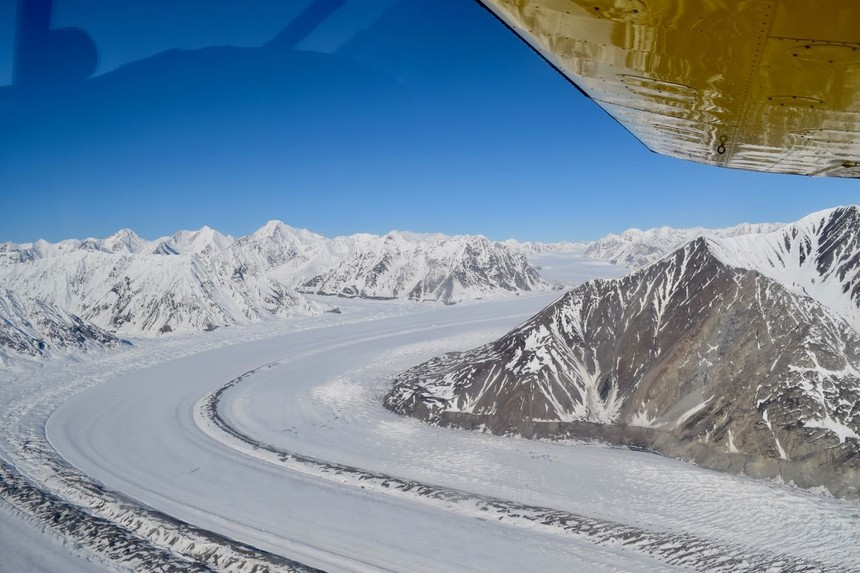 The Kaskawulsh Glacier is one MASSIVE piece of ice. Max Ritter photo.
The Kaskawulsh Glacier is one MASSIVE piece of ice. Max Ritter photo.
The silence was deafening. I will never forget the feeling of seeing the plane take off, leaving us completely alone in one of the most remote and unforgiving areas of the world. We were almost 100 miles from anything, surrounded by massive broken glaciers and peaks that looked comically inaccessible.
Elliot and I whooped and high-fived one another, stoked to have finally made it to where we had been longing to be for the past six months. It was surreal. Everywhere we looked, we saw mountains bigger than anything we had ever seen before, without a speck of vegetation or evidence of life anywhere in sight.
Setting up camp took a few hours; the whole time we looked up and around, searching for the first line we wanted to ski. To the south lay the ice giants, Mt. Kennedy, Mt. Alverstone, and all their subpeaks. North of camp was home to Pinnacle Peak, Lowell Peak, and other unnamed peaks and ridges.
First Lines
That afternoon, Drew, Elliot, and I decided to approach a massive spine wall on the South side of camp, which stood there like a sentinel, guarding the Dusty and the entrance to Kennedy Peak. The face looked to be at least 60 degrees, with a massive bergschrund at the bottom, and cornices or seracs on nearly every entrance from the ridge. An hour and a half of skinning over mellow glacial terrain brought us close to inspect any possible lines down it. If it were skiable, it was certainly not in condition: too much ice, uncertain snowpack, and no obvious way up. We opted instead to climb to a summit directly east of the wall on a smaller peak we dubbed the Sharkstooth. We skinned up the steep south face, amazed at how easy it was to make kickturns up a 30-degree slope.
Back home in Colorado, the avalanche conditions rarely allowed us to skin up open faces, let alone ones this steep. Reaching the ridge, we remained roped up, knowing that if one of us slipped or broke through a cornice, the other two would have to jump off the opposite side to prevent a fall. None of us had ever caught a fall on an “Alaska-belay” before, and we were not keen on finding out how it felt.
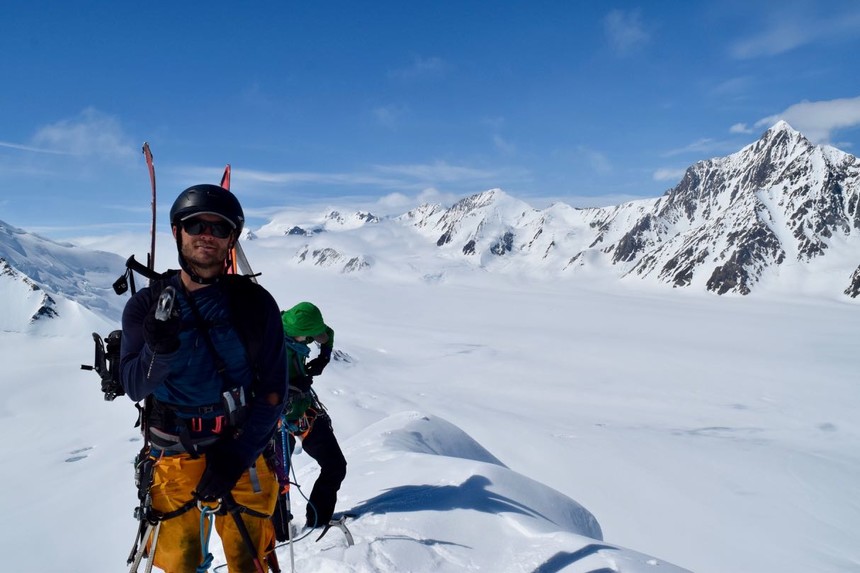 High atop a ridge on our first day, we were not keen to find out of Alaska belays actually worked. Max Ritter photo.
High atop a ridge on our first day, we were not keen to find out of Alaska belays actually worked. Max Ritter photo.
We summited 15 minutes later, and took a while to take in our surroundings. A mere 24 hours ago, we were still enjoying sushi and beer in downtown Vancouver, and now were on top of one of the most beautiful summits we had ever laid eyes on. To top it off, the northeast face of the peak held a line that seemed too good to be true, a huge bowl that funneled down onto the glacier, with a few clean lines visible through the seracs and crevasses. Drew dropped in first, and we milked soul turns through the hot pow all the way back down to the glacier. At the bottom, we named it Easy Rider.
We returned to camp that day elated, feeling ready to take on whatever the area threw at us. That night, we gathered in the mess tent, fired up our stoves and ate a hearty meal of chicken burritos and Nutella wraps. Little did we know that within the next few days, the mountains would show us their vicious side.
 Elliot milking unexplored pow turns through the icefall above camp. Max Ritter photo.
Elliot milking unexplored pow turns through the icefall above camp. Max Ritter photo.
The weather held up beautifully for the next two days, allowing us to explore further and further away from camp, skiing a couloir on the north side, and a repeat of Easy Rider after heavy rockfall forced us off another couloir. We quickly learned that due to the immense amount of sunlight the snow received each day, any line that was not shaded would turn into heinous mank before noon. This presented a conundrum, because it was too cold to do anything before the sun hit around 8 A.M., leaving us with very little time to waste.
A Taste of Mountain Weather
Back in Boulder, we had arranged for some friends back home to send us SMS messages with weather updates. However, nobody read the directions on the sat phone, and the messages never came. After not hearing anything for several days, we managed to place a call to our friends, who gave us news that a massive storm was due to hit within the next 24 hours. Nearly two feet of snow were forecasted, with high winds, which meant zero visibility, and no skiing.
Four days of skiing had most of us wanting a rest day, so we took the news somewhat happily. The storm came in overnight, and the snow slowly started building up around camp. We had not built any wind barriers, a huge mistake that we regretted immediately. Within hours, our tents were fully buried thanks to drifting snow. Our mess tent was hit the hardest, since it was taller and the most exposed. Having no other options, we began cutting blocks and piling them into walls to build ourselves some protection. It helped, but the wind managed to find ways through the barriers and still wreaked havoc on camp.
Skiing was out of the question on the storm days, so we hung out in our tents, devouring pages of pulp fiction, listening to music, eating snacks, and talking about whatever nonsense we could think of. We were bored, but at least we were warm and dry.
 Building walls. It's the American way. Max Ritter photo.
Building walls. It's the American way. Max Ritter photo.
Waking up on the morning of Day 6, we were in for a shock. Crawling out of the vestibule of my tent, I looked around, and something seemed wrong. It took me a minute to register that the mess tent was nowhere to be seen. I quickly put on my boots and ran outside, to find that the wind had snapped the mess tent’s center pole in half, collapsing it and burying it under two feet of snow. All our food and cooking equipment was underneath the hopelessly torn fabric. The storm had finally bested our defenses.
We were all soaked, tired, and cold, but we had no choice but to salvage whatever we could from inside the mess tent and regroup to figure out what to do.
After running through our options, we settled on digging a snow cave, using that to cook and eat in. Everyone seemed skeptical, but we had no choice, so we grabbed our shovels and started digging.
By the late afternoon, we had dug out a cave roughly 10 by 10 feet in size, with a four-foot thick ceiling. We crawled inside and silently accepted our fate. Dinner that night was a rushed affair, with nobody wanting to stay down there for longer than they had to. By the end of dinner, the ceiling had already dropped five inches in the center.
Luckily, the next morning, the weather had cleared, and after a quick breakfast, everyone was eager to get out of camp and go skiing. We ignored the fact that the ceiling of our hole had dropped another three inches overnight. Future problems.
 We set up our tents on flat ground, three days into the storm they were completely buried. Max Ritter photo.
We set up our tents on flat ground, three days into the storm they were completely buried. Max Ritter photo.
Amazon Prime 2-Day Delivery and Some Spicy Skiing
When Elliot, Sean, and I returned that afternoon from skiing a summit to the west of camp, we found Luke alone in camp looking pissed off. He explained that halfway up the line he was climbing, he noticed a huge crack in his splitboard. It had snapped right behind his binding, probably from being stuck vertically in the snow during the high winds the night before. He had managed to limp back to camp with his broken board, but it was clearly not field-repairable.
Weighing his options, he decided to call our pilot on the satellite phone. After what may have been the weirdest conversation of his life, he put down the phone grinning from ear to ear. Lance, who owned the air service, said a splitboard would be in his hands by the end of the week. We later found out that after posting on their Facebook page, several locals had reached out with offers to lend their boards for our use.
That evening, while the rest of us reinforced the walls surrounding camp, Drew repaired the ceiling of our hole by doming it out. Crawling inside after he was done, we were all amazed at how roomy it had become. Our new home had a luxurious feel to it, it was relatively warm, and we spent the evening talking about the lines we had skied.
Luke was forced to sit out the next few days, anxiously waiting for his board to come, but the rest of us got busy skiing some of the best lines of our lives.
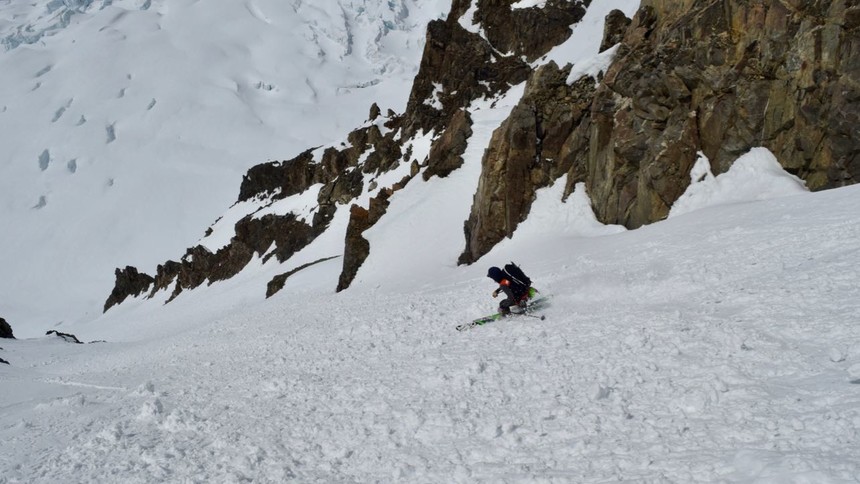 Tom making the most of the hot pow. Max Ritter photo.
Tom making the most of the hot pow. Max Ritter photo.
Elliot, Drew and I managed to find a route to the top of the spine wall, and skied an incredibly steep couloir on its far western side. After one of the spiciest transitions of our lives, anchored by a single nut and sling, we dropped into what was one of the rowdiest lines any of us have ever ridden. Covered wall to wall in windblown hardpack, the conditions gave us secure edge holds, but any slip would have been catastrophic. The 1,400 foot line averaged 50 degrees, with two cruxes that were somewhere in the high 50 degree range. Of course, in true Alaskan fashion, the bergschrund at the bottom required a careful mandatory air. At the bottom, we called in Dusty ‘Rachi – an ode to our favorite hot sauce that was waiting for us back at camp.
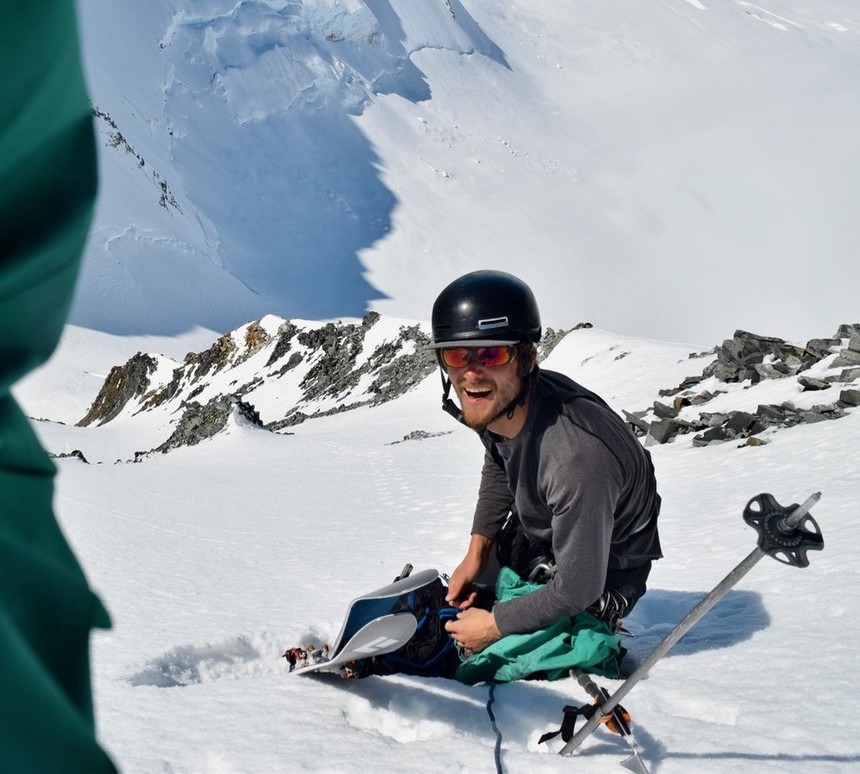 Drew's "scared" face right before dropping in. Max Ritter photo.
Drew's "scared" face right before dropping in. Max Ritter photo.
From far away, we watched the skiplane drop off Luke’s new board at camp, and once we were home his stoke was contagious. Several more days of good conditions followed, allowing everyone to bag a few more lines we had been eyeing.
Tentbound Again
The next storm rolled in relatively silently, with low clouds but almost no wind at first. We still had to dig out our tents every morning, but it was nothing like what we had experienced the first time around. However, visibility was too low to leave camp, forcing us to find a cure for boredom yet again.
Lying in your tent for hours on end is quite possibly the worst part of expedition life. Yes, cold hands and feet and being scared high above the glacier on sketchy terrain is bad, but the boredom that comes with not moving for hours is something that deserves a special place in hell. We read 500-page books in one or two sittings. We listened to every song we could bear to hear in our music libraries. We exhausted the long list of podcasts we had saved. We could not sleep because we were too bored to sleep. After three days, we simply could not stand it anymore, so we went skiing anyway.
Knowing that our glacier wands would not reach anyway farther than the wall of couloirs directly north of camp, we headed that way. For some strange reason, the visibility cleared just enough to see the summit of the couloirs, so our two ropeteams booted straight up different lines.
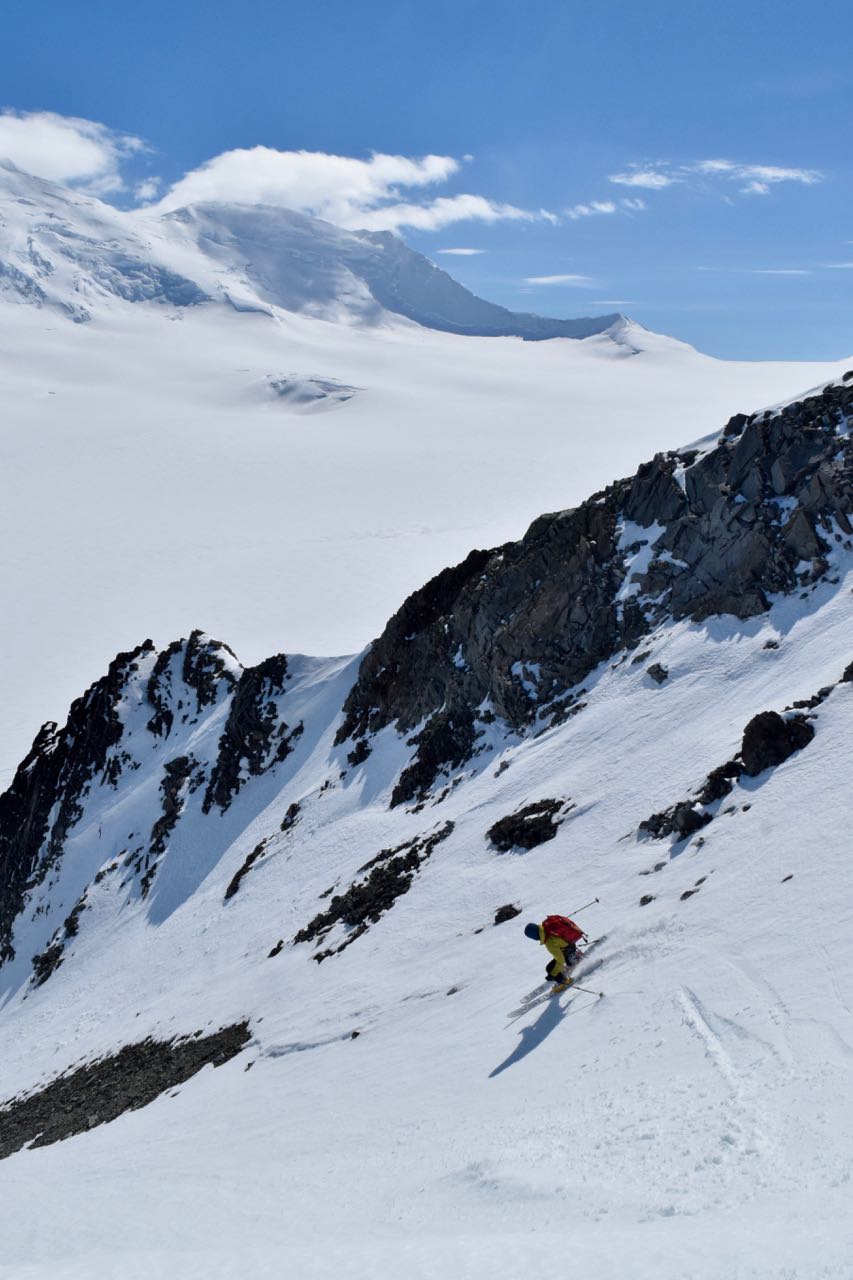 Elliot, right before the avalanche dragon reared its ugly head. Max Ritter photo.
Elliot, right before the avalanche dragon reared its ugly head. Max Ritter photo.
That afternoon served as another sobering reminder that the mountains always have the last word, no matter what. After making two turns at the top of a line, Elliot triggered a storm slab that took him off his feet and for a two-hundred foot slide. Luckily, he escaped, and Tom and I were able to safely descend to him. He was visibly shaken, but was unhurt.
At the same time, while climbing their line roughly 1000 feet to the east of ours, Luke, Drew, and Sean were nearly hit by a refrigerator-sized rock that came tumbling down from above. Spooked, but unhurt, they also returned to camp.
That evening, we talked about complacency and risk management, and how it had affected our decision making the last few days. We recognized that we had exposed ourselves to perhaps some unnecessarily high dangers that day and promised ourselves to stay vigilant and tone it down a notch if necessary in the next few days. After all, making it home alive is always rule number one. First descents and gnarly skiing come second.
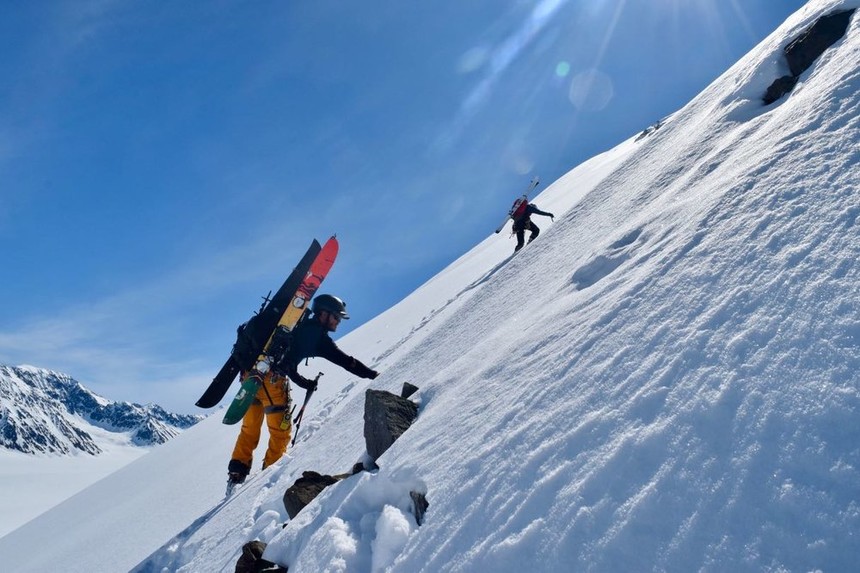 What goes up must come down. Max Ritter photo.
What goes up must come down. Max Ritter photo.
Park Laps and No Friends On a Powder Day
Looking at the calendar, we realized that we were only scheduled to remain out on the glacier for less than week, and that we would have to arrange our return flight in the next few days. When we called our pilots on the sat phone the next morning, we found out that several dozen climbers on nearby Mt. Logan had been roughed up by the last storm, and that we would have to sit tight for the next few days for some more weather to move through and to let them be flown off.
We ticked more and more lines off our list each day, enjoying the sun and good snow on both sides of the valley. Somehow, corn had started developing, even on south facing slopes, allowing us to rip big turns down the lines and faces we had been survival-skiing on only a few days before.
 Tom demonstrating proper "hot pow" technique: go fast. Max Ritter photo.
Tom demonstrating proper "hot pow" technique: go fast. Max Ritter photo.
As a final attempt to kill our boredom in camp, we spent an afternoon digging a mini terrain park between our tents, complete with rhythm section, a box (Luke’s broken splitboard) and some small jumps. This kept us entertained for a few afternoons, giving us some much-needed distraction from the inside of our tents.
After a few more calls to the airstrip, we finally had an idea of when exactly we were to fly out. Knowing that we only had a few days left of the glacier, we got back to skiing lines we had been eyeing for days. The weather held up nicely, with two small overnight storms followed by bluebird days. On our last day, we woke up to a foot of cold smoke powder on the ground, and eagerly grabbed our skis and headed out.
 Luke dropping into the Kluane's best terrain park. Max Ritter photo.
Luke dropping into the Kluane's best terrain park. Max Ritter photo.
Skiing a foot of fresh powder on a huge slope above a glacier deep in the Yukon is a life-changing experience. While we bailed off our main objective due to high avalanche risk from the new snow, we still managed to ski a run directly above camp with knee-deep turns the whole way down. I had almost forgotten how to ski powder, but by the third turn it clicked and I milked turn after turn down the whole face.
That evening, we gorged ourselves on our leftover snacks after confirming our departure the next morning with the pilots. The past 20 days had presented us all with unique challenges, but bound us together in a way like nothing else could have. We learned that the nature of this kind of expedition is more about what happens in between the skiing, while making turns down scary faces is just the cherry on top. Each day came with some incredibly low lows, luckily eclipsed by even higher highs. Our feet were frozen, our bodies hurt like never before, and our minds had experienced previously unknown levels of boredom, but it was all worth it. We had weathered storms, weathered each other, and climbed and skied the best lines of our lives.



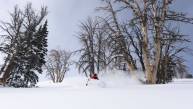
_image_by_travis_rousseau___video_thumb.jpeg)

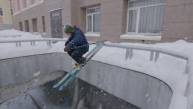

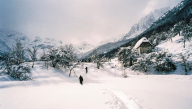

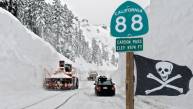
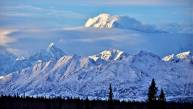
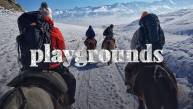

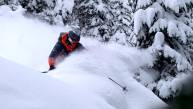
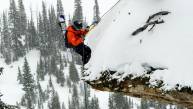
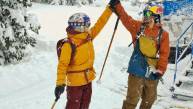
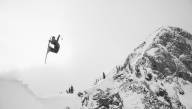

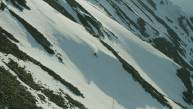
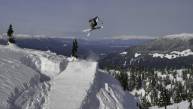

__video_thumb.jpg)
jared41
January 2nd, 2018
wow nice and thanks for sharing in detailed and it is coool man http://aadhardownload.jigsy.com/
bellabean
February 27th, 2019
I am a adventure freak and i love this, i am surely trying this someday. Thanks for all amazing images.
See: https://tdeecalculator.io/
bellabean
February 27th, 2019
I am a adventure freak and i love this, i am surely trying this someday. Thanks for all amazing images.
tdee calculator